Home>Furniture & Design>Outdoor Furniture>In What Outdoor Theater Did Shakespeare Present Most Of His Plays?
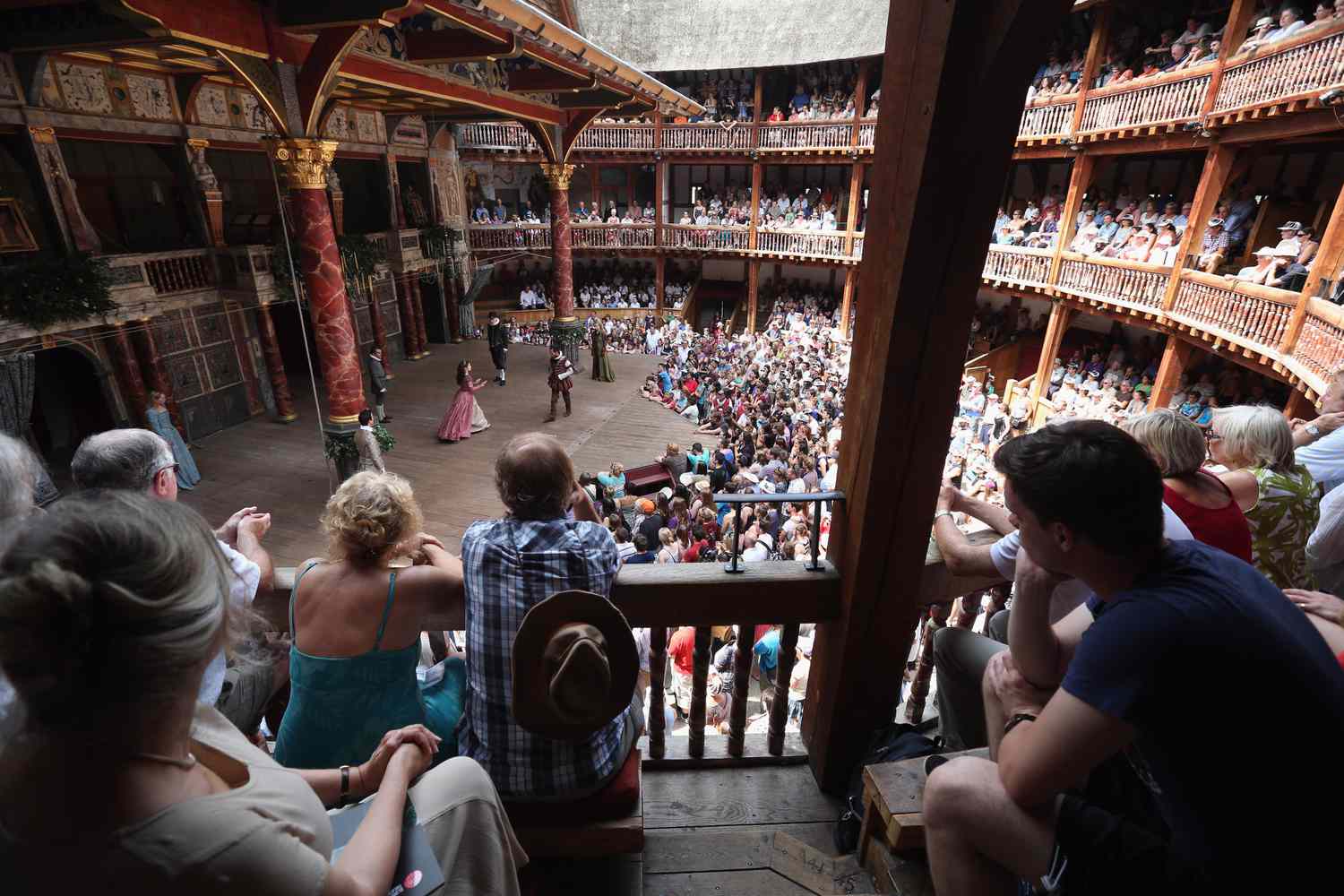

Outdoor Furniture
In What Outdoor Theater Did Shakespeare Present Most Of His Plays?
Published: February 11, 2024
Discover the history of Shakespeare's plays in outdoor theaters and find the perfect outdoor furniture and design for your space. Explore our collection now!
(Many of the links in this article redirect to a specific reviewed product. Your purchase of these products through affiliate links helps to generate commission for Storables.com, at no extra cost. Learn more)
Introduction
Welcome to the fascinating world of outdoor theater, where the eloquence of Shakespeare's plays found its true home. The open-air venues of the Elizabethan era provided a unique stage for the timeless works of the Bard, allowing audiences to immerse themselves in the magic of live performances under the open sky. Among these iconic theaters, one stands out as a symbol of Shakespearean drama and theatrical innovation: The Globe Theatre.
As we embark on a journey through history and literature, we will explore the profound impact of The Globe Theatre on the presentation of Shakespeare's plays. From its storied past to its enduring influence on the world of theater, The Globe holds a place of unparalleled significance in the realm of outdoor performance art.
Join us as we delve into the history of The Globe Theatre, uncover the plays that graced its stage, and discover the profound influence it wielded over the works of the legendary playwright. Let's step back in time to an era of poetic brilliance and theatrical splendor, where the spirit of Shakespeare's genius continues to captivate audiences across the ages.
Key Takeaways:
- The Globe Theatre, an iconic open-air venue, showcased Shakespeare’s timeless plays, shaping his works with natural light, intimate connection, and universal themes, captivating audiences for centuries.
- Shakespeare’s Globe, a faithful reconstruction, continues to enchant modern audiences, offering a glimpse into the past and a vibrant platform for the Bard’s immortal works, keeping the spirit of live theater alive.
The Globe Theatre: A Brief History
The Globe Theatre, a legendary icon of Elizabethan England, emerged as a beacon of theatrical innovation and artistic expression. Constructed in 1599 on the south bank of the River Thames in London, this open-air amphitheater stood as a testament to the flourishing dramatic arts of the era. The brainchild of the renowned theatrical company Lord Chamberlain’s Men, which counted William Shakespeare as a key member, The Globe quickly became a cornerstone of London’s cultural tapestry.
This architectural marvel boasted a distinct circular design, with a large stage at its center and three tiers of seating that enveloped the performance space. The absence of a roof meant that productions were staged in natural light, and the elements were an integral part of the theatrical experience. From the raucous comedies to the poignant tragedies that graced its stage, The Globe exuded an atmosphere of raw energy and emotional resonance, captivating audiences with its immersive and unfiltered presentations.
Tragically, The Globe Theatre met a devastating fate in 1613 when a fire, sparked by a misfired cannon during a performance of Henry VIII, engulfed the structure, reducing it to ashes. However, the legacy of The Globe endured, and in 1997, a faithful reconstruction of the theater, aptly named "Shakespeare’s Globe," rose from the ashes near the original site. This faithful recreation stands as a living tribute to the enduring spirit of Shakespearean drama and the enduring legacy of The Globe Theatre.
Today, Shakespeare’s Globe continues to enthrall visitors with its faithful recreation of the original theater, offering a glimpse into the past and a vibrant platform for the timeless works of the Bard. It stands as a testament to the enduring power of live theater and the timeless allure of Shakespeare’s masterpieces, ensuring that the legacy of The Globe Theatre lives on for generations to come.
The Plays Presented at The Globe Theatre
At the heart of The Globe Theatre’s legacy lies a rich tapestry of Shakespearean masterpieces and timeless theatrical works that graced its hallowed stage. From the iconic tragedies to the uproarious comedies, The Globe served as the canvas upon which Shakespeare’s unparalleled genius unfolded, captivating audiences with its poignant narratives and unforgettable characters.
One of the most enduring and celebrated plays to receive its premiere at The Globe was none other than “Romeo and Juliet.” The timeless tale of star-crossed lovers, set against the backdrop of feuding families in Verona, came to life in the vibrant setting of The Globe, enthralling audiences with its potent blend of passion, tragedy, and timeless romance. The open-air ambiance of the theater lent an ethereal quality to the play, enhancing the palpable emotions and dramatic tension that permeated every scene.
Another iconic work that found its home at The Globe was “Hamlet,” a masterpiece that continues to captivate audiences with its introspective themes and profound exploration of human nature. The enigmatic prince of Denmark’s tragic tale unfolded amidst the wooden beams and open sky of The Globe, leaving an indelible mark on the annals of theatrical history.
The Globe Theatre also played host to the uproarious comedy of “A Midsummer Night’s Dream,” a whimsical and enchanting tale of love, mischief, and otherworldly enchantment. The open-air setting of the theater lent itself perfectly to the play’s magical and ethereal elements, creating an immersive experience for audiences as they were transported to the enchanting realm of the fairy-filled forest.
As the sun set over the bustling city of London, The Globe Theatre welcomed audiences to witness the gripping historical drama of “Julius Caesar,” the political intrigue of “Macbeth,” and the bittersweet romance of “Twelfth Night.” Each of these works found a home at The Globe, their timeless themes and enduring relevance brought to life amidst the rustic charm and unbridled passion of the open-air theater.
Through these and countless other plays, The Globe Theatre became synonymous with the enduring legacy of Shakespearean drama, a hallowed space where the timeless works of the Bard flourished, leaving an indelible mark on the world of theater and the hearts of audiences for centuries to come.
The outdoor theater where Shakespeare presented most of his plays is called The Globe Theatre. It was located in London and was a popular venue for his performances.
The Impact of The Globe Theatre on Shakespeare’s Works
The Globe Theatre served as more than just a venue for Shakespeare’s plays; it was a crucible of creativity and innovation that profoundly shaped the trajectory of the Bard’s literary genius. The unique characteristics of The Globe, from its open-air design to its intimate connection with the audience, left an indelible mark on Shakespeare’s works, influencing everything from the thematic depth of his plays to the dynamic interplay between performers and spectators.
One of the most profound impacts of The Globe Theatre on Shakespeare’s works was its role in shaping the dramatic structure and thematic elements of his plays. The absence of a roof meant that performances were held in natural light, allowing Shakespeare to infuse his works with a keen awareness of the passage of time and the nuances of the natural world. This is evident in the evocative imagery of day turning to night, the changing seasons, and the atmospheric effects that permeate his plays, creating a rich tapestry of sensory experiences for the audience.
Furthermore, The Globe’s unique configuration, with its thrust stage and proximity to the audience, fostered a sense of intimacy and immediacy that deeply influenced Shakespeare’s approach to character development and dramatic tension. The actors’ proximity to the audience allowed for a more direct and visceral connection, enabling Shakespeare to craft nuanced characters and intricate plot dynamics that resonated with the onlookers on a profound emotional level.
Moreover, the open-air setting of The Globe provided a canvas for Shakespeare to explore the interplay between the natural world and the human condition, infusing his works with a sense of universality and timelessness. The elemental backdrop of the theater, with the sky as its ceiling and the earth as its stage, imbued Shakespeare’s plays with a transcendent quality, inviting audiences to contemplate the enduring themes of love, ambition, betrayal, and redemption against the backdrop of the natural world.
As the sun set over the bustling city of London, The Globe Theatre welcomed audiences to witness the gripping historical drama of “Julius Caesar,” the political intrigue of “Macbeth,” and the bittersweet romance of “Twelfth Night.” Each of these works found a home at The Globe, their timeless themes and enduring relevance brought to life amidst the rustic charm and unbridled passion of the open-air theater.
Through these and countless other plays, The Globe Theatre became synonymous with the enduring legacy of Shakespearean drama, a hallowed space where the timeless works of the Bard flourished, leaving an indelible mark on the world of theater and the hearts of audiences for centuries to come.
Conclusion
As we draw the curtains on our exploration of The Globe Theatre and its profound impact on the world of Shakespearean drama, we find ourselves standing at the crossroads of history and artistry. The Globe stands as a testament to the enduring power of live theater, serving as a bridge between the past and the present, and a living embodiment of the timeless allure of Shakespeare’s masterpieces.
From its humble origins on the banks of the River Thames to its tragic demise and triumphant resurrection, The Globe Theatre has woven itself into the fabric of literary history, leaving an indelible mark on the world of theater and the hearts of audiences across the ages. Its open-air stage, with the sky as its ceiling and the earth as its floor, provided a canvas for Shakespeare to unleash his unparalleled literary prowess, infusing his plays with a sense of immediacy, intimacy, and universal resonance that continues to captivate audiences to this day.
Shakespeare’s Globe, a faithful reconstruction of the original theater, stands as a living tribute to the enduring spirit of Shakespearean drama and the enduring legacy of The Globe Theatre. It serves as a vibrant platform for the timeless works of the Bard, inviting modern audiences to step back in time and experience the magic of live performances under the open sky, just as audiences did centuries ago.
As we bid adieu to this journey through the annals of theatrical history, let us carry with us the enduring legacy of The Globe Theatre, where the eloquence of Shakespeare’s plays found its true home. May the spirit of the Bard’s genius continue to captivate audiences, and may The Globe Theatre stand as a timeless beacon of artistic expression, inspiring generations to come with the magic of live theater and the enduring power of Shakespeare’s immortal works.
Frequently Asked Questions about In What Outdoor Theater Did Shakespeare Present Most Of His Plays?
Was this page helpful?
At Storables.com, we guarantee accurate and reliable information. Our content, validated by Expert Board Contributors, is crafted following stringent Editorial Policies. We're committed to providing you with well-researched, expert-backed insights for all your informational needs.




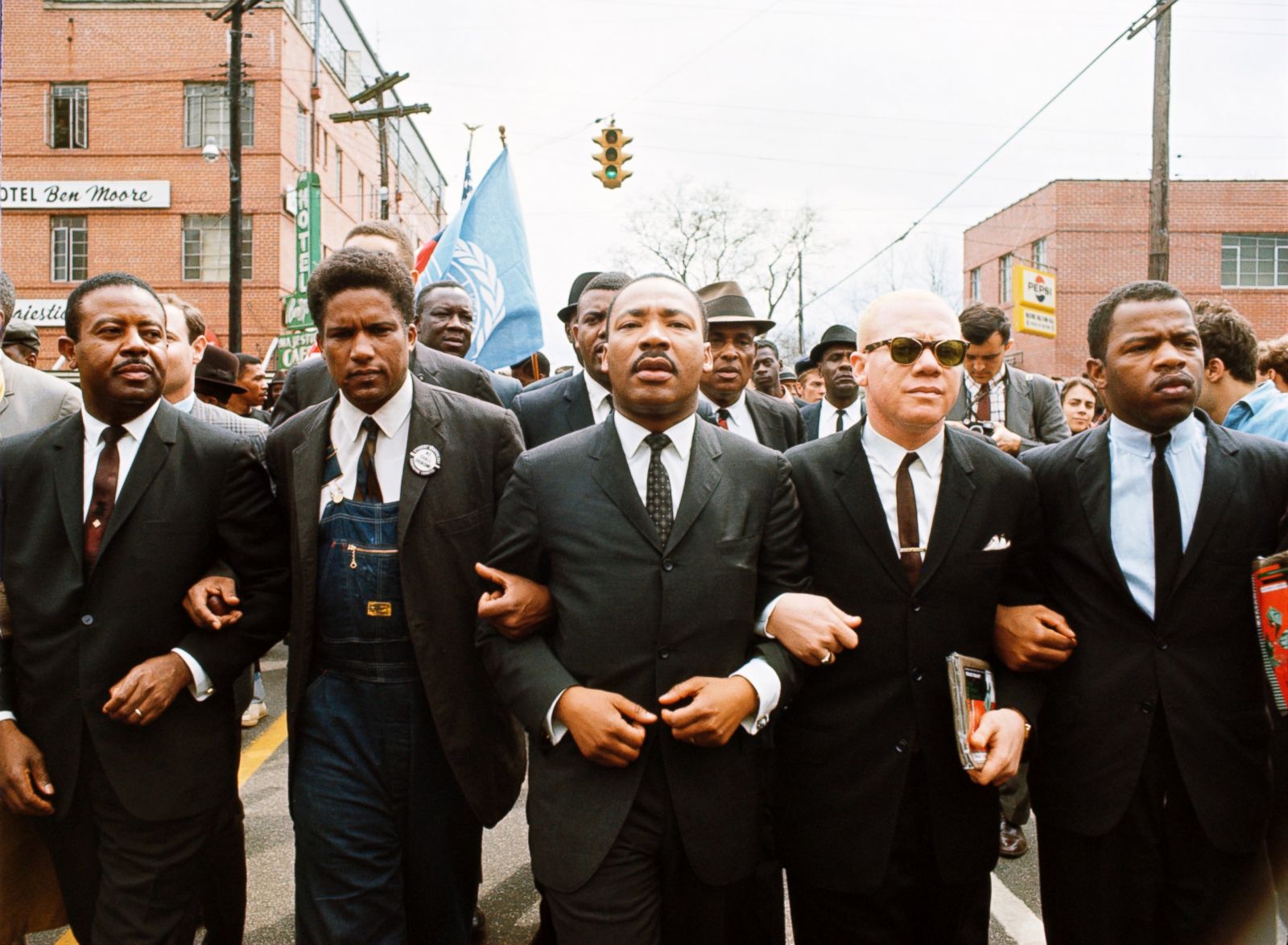
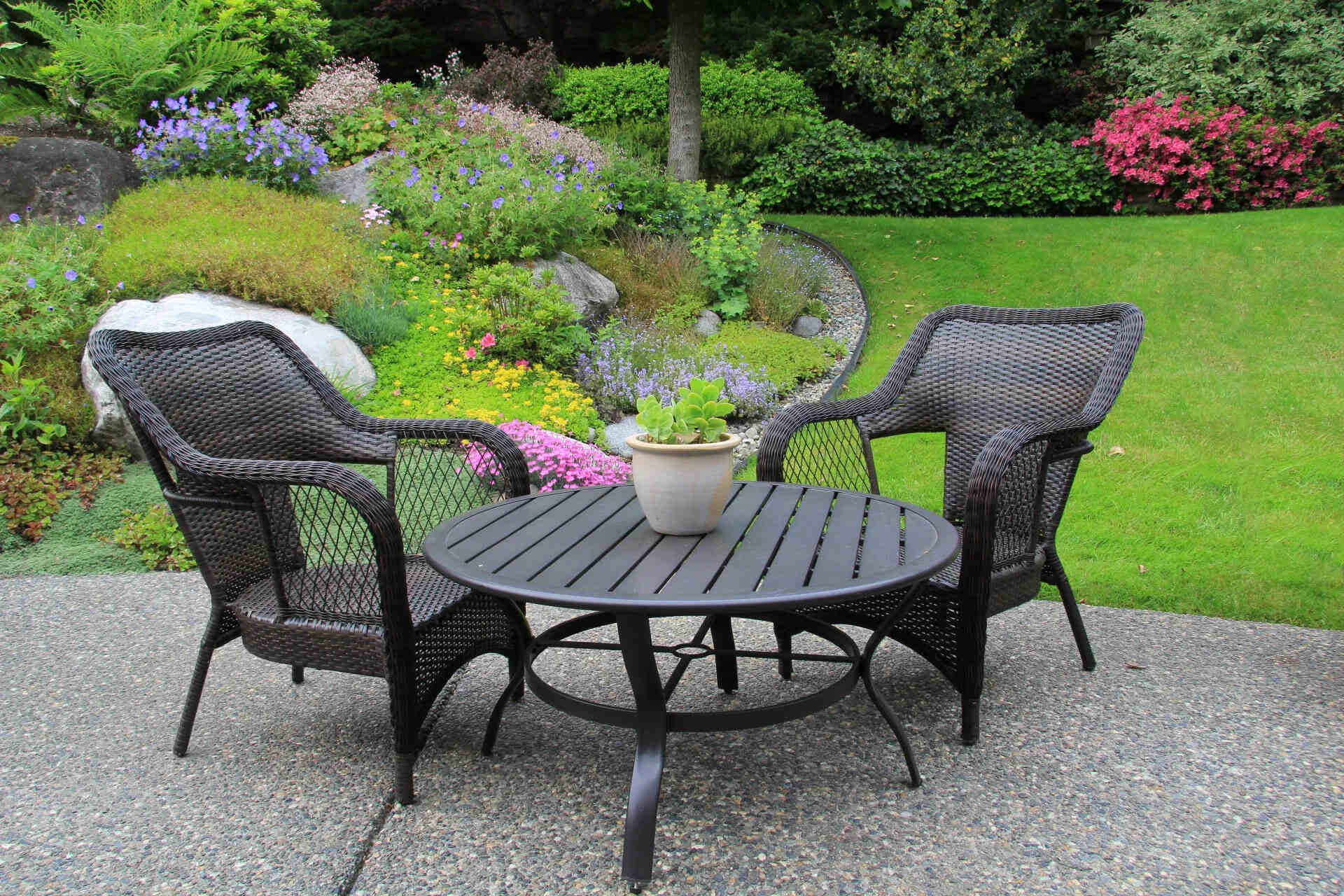
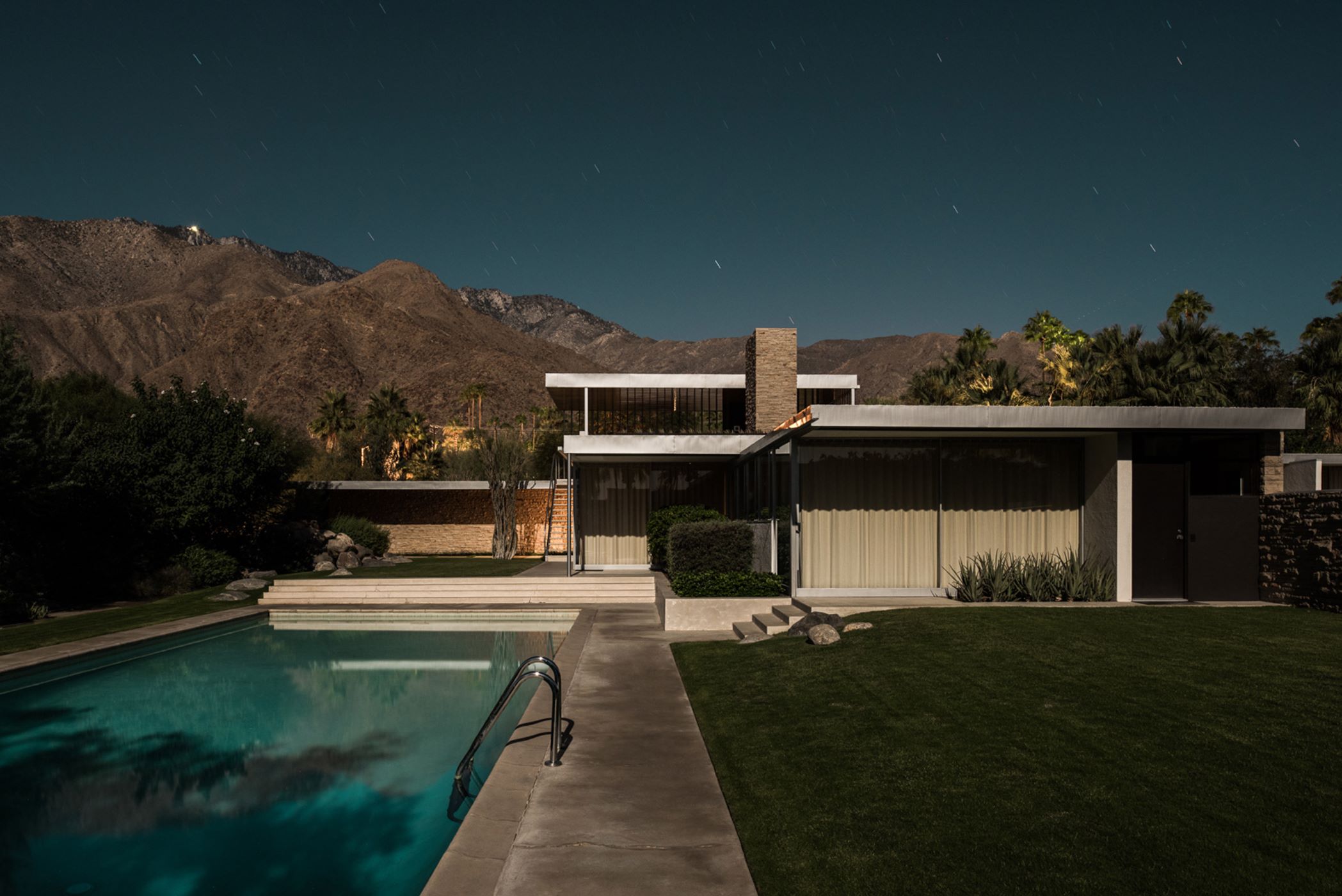

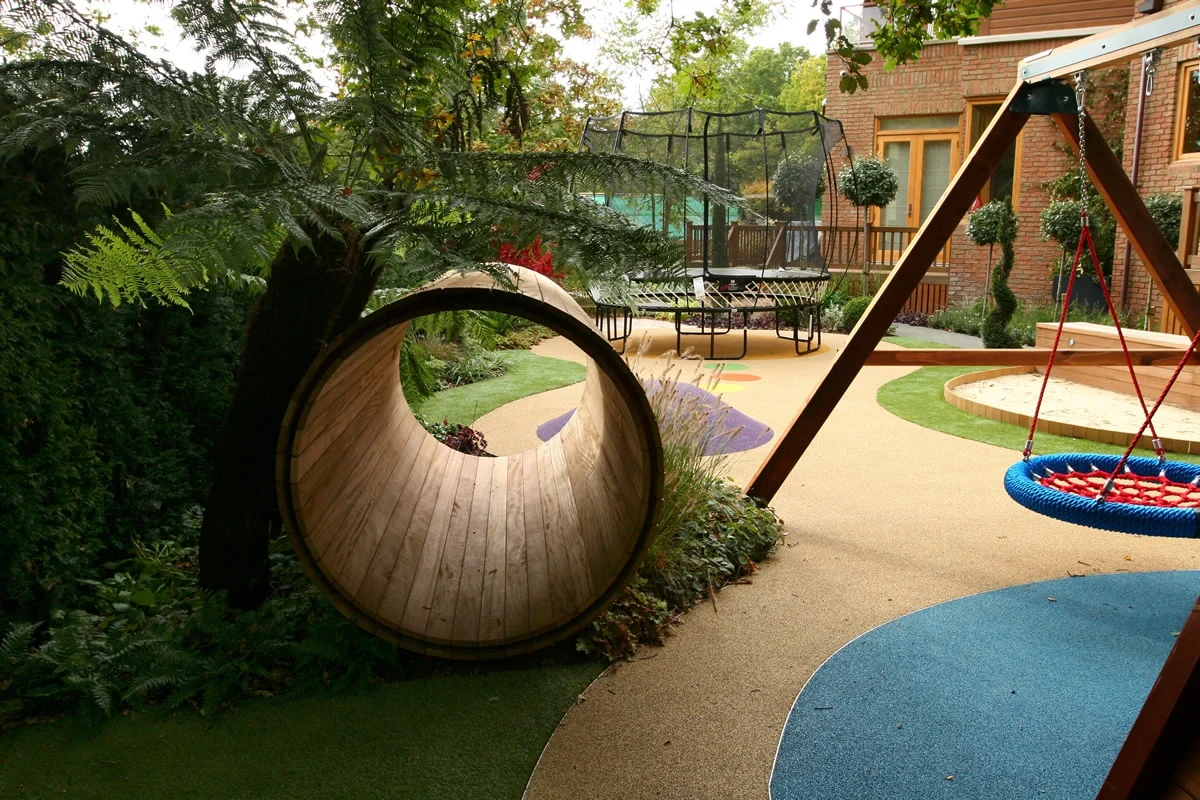



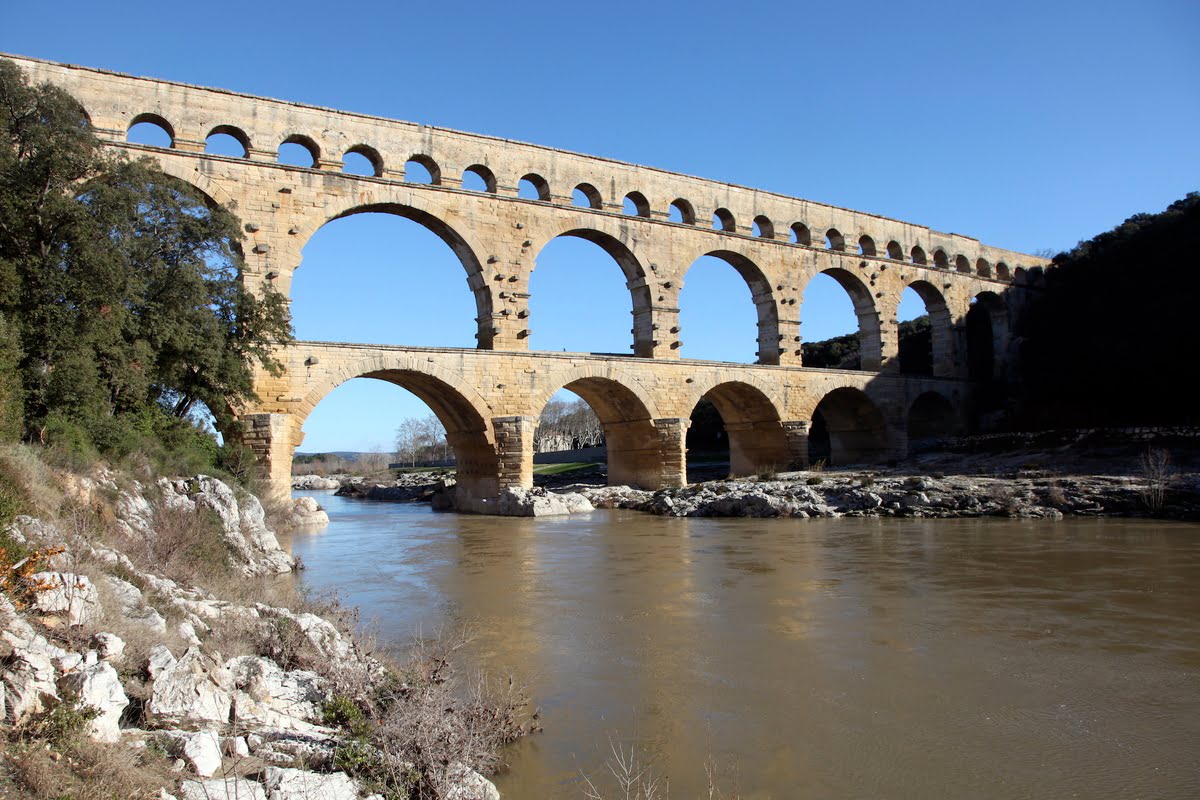

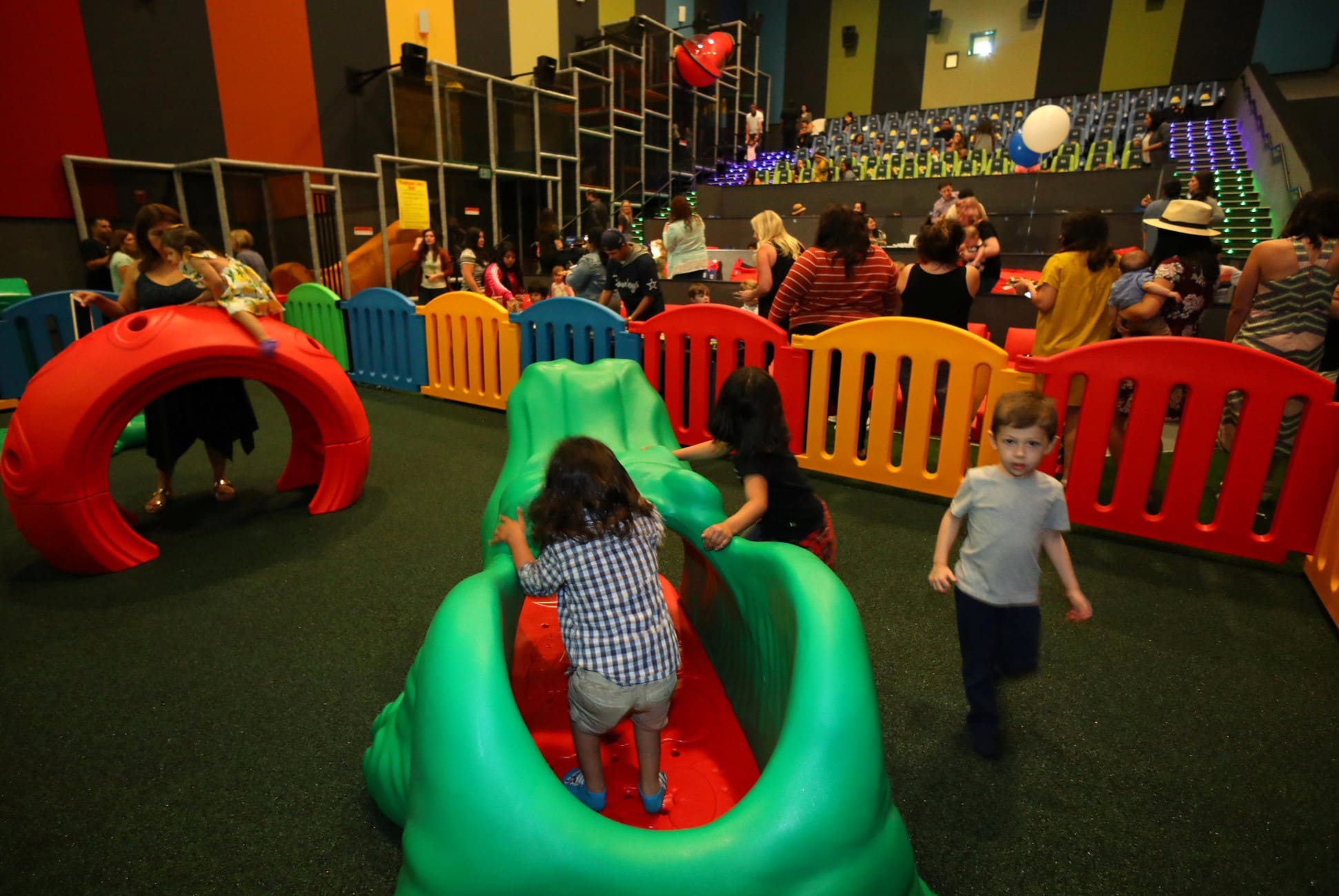

0 thoughts on “In What Outdoor Theater Did Shakespeare Present Most Of His Plays?”